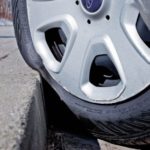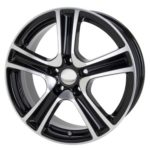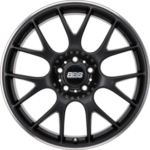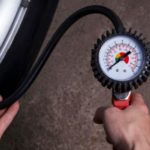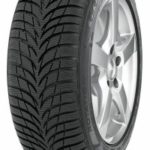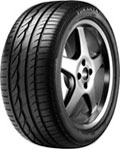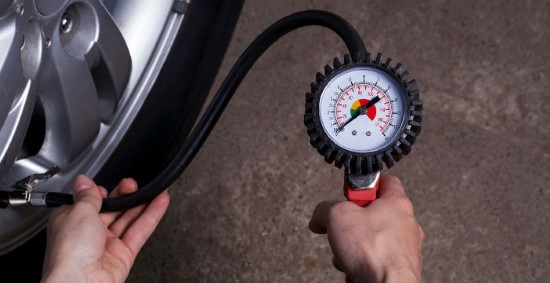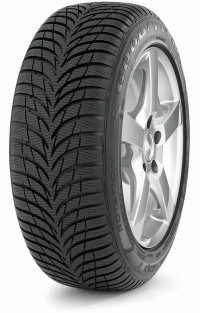What does a sticker say about a tire?
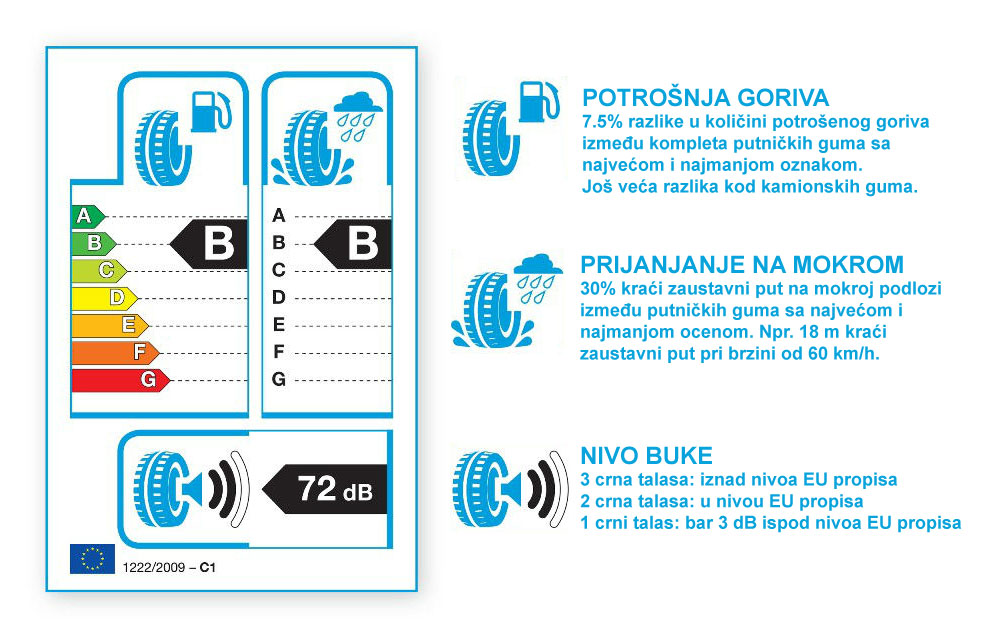
Sticker
From the end of 2012, in accordance with the law of the European Union, all tires for passenger cars, light commercial vehicles and trucks must have a label with information on the three key properties of the tire. This sticker can tell you about tire and more than you think ...
These are the three basic criteria that are important for choosing a tire. The most important specification is braking on wet or dry surfaces. Then comes rolling resistance, which affects fuel consumption, and thus CO2 emissions, or pollution or environmental protection. The third factor in the mentioned specification on the label of the new tire is the noise that the tire produces during rolling, which in turn reflects on the environment.
The markings A to G are used for braking and consumption. The letters D and G are not used for winter or summer tires for passenger cars as a result of wet grip, while the rolling resistance D is also not used for passenger vehicles.
To date, the most important specification is stopping on a wet surface. Fuel economy savings are seen in those drivers who regularly check tire pressure. Properly inflated tires deliver optimal fuel savings. However, lower tire pressure increases rolling resistance and affects traction efficiency on wet roads. Vehicle weight and driving style are also significant factors. Energy-efficient driving or "eco-driving" can significantly reduce fuel consumption.
The best fuel economy is achieved with the tire label A (green), while G (red) is the lowest fuel economy rating. The difference between grades A and G can represent a reduction in fuel consumption of up to 7,5 percent. To make this clearer, choosing tires marked A instead of G-rated tires can save more than six liters of fuel every 1000 kilometers. With the average price of gasoline, which ranges between 1,20 and 1,50 euros per liter, you get savings of more than 300 euros during the life of the tire.
Wet braking
When it comes to braking, ie stopping on a wet surface, the difference in speed of 80 km / h braking between the tires marked A and G can be up to 18 meters. Those 18 meters may not mean much to an ordinary person, but in life-threatening situations, that distance and difference are also very important. However, these three parameters (wet braking, rolling resistance and noise) are just some of the elements that are used when testing and evaluating individual tires, ie they affect the quality and selection of tires. Many more factors are taken into account in the tests.
Such elements include aquaplaning, duration, ie tire wear, grip in curves, braking on dry land, traction on slippery surfaces. After these tests, some tires with poorer standard markings prescribed by the EU may take a better place. The fact is that winter tires have much worse grades (from A to G) than summer ones because tests and examinations are often performed at higher temperatures than prescribed for winter tires. Therefore, better quality winter tires are marked C and E when it comes to braking and consumption.
Retrieved from: blog.ipg.rs
Recommendation of similar texts:

Hi there, I am Mladen and I am an auto enthusiast. I started this blog years ago to help like minded people share information about latest cars, car servicing ideas, used car info, exotic cars, and auto technology. You will find helpful articles and videos on a wide variety of cars - Audi, Mercedes, Toyota, Porsche, Volvo, BMW and much more. Ping us if you have anything cool to share on latest cars or on how to make older cars more efficient, or just want to say hi!

